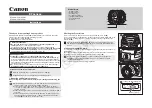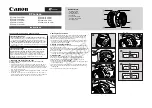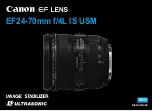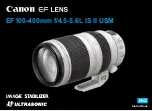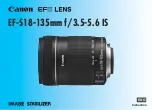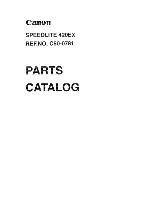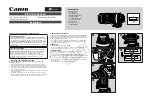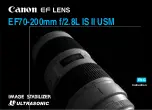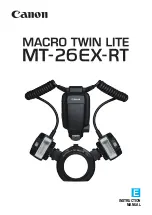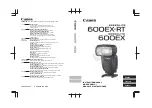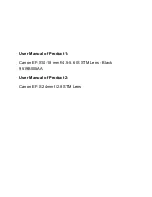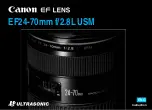
19
Basic Photography
The Built-in Speedlight
In
mode, the built-in Speedlight will pop up automatically
when the shutter-release button is pressed halfway if addi-
tional light is required for correct exposure. Do not place your
fi ngers where they will obstruct the built-in Speedlight. If the
Speedlight is prevented from popping up when the shutter-
release button is pressed halfway, a message will be displayed
(
150).
Do not attempt to raise the Speedlight by hand. Failure to observe this precaution
could result in damage to the Speedlight. To lower the Speedlight, gently press it
straight down until it clicks into place. Do not apply force to the front, back, or sides.
Digital Zoom (
102)
In digital zoom, data from the camera’s image sensor are processed digitally, enlarging
the center portion of the picture to fi ll the frame. Unlike optical zoom, digital zoom
does not increase the amount of detail visible in the picture. Instead, details visible at
maximum optical zoom are simply enlarged, producing a slightly “grainy” image.
Vibration reduction (VR) will not produce the desired results with digital zoom, but is
effective at reducing the effects of camera shake at when used with optical zoom.
When Lighting Is Poor
When lighting is poor, the image in the display is processed to compensate and some
mottling may occur. This is normal and does not indicate a malfunction.
Viewfi nder Focus
If the image in the electronic viewfi nder seems blurred, rotate
the diopter adjustment control until the image is in sharp fo-
cus. When operating the diopter control with your eye to the
viewfi nder, care should be taken to avoid accidentally putting
your fi nger in your eye.
Display Lag
The image from the camera CCD must be processed before it can be displayed in the
monitor or electronic viewfi nder, resulting in a slight lag between the movement of
the subject and the image in the display. This lag can be reduced by selecting
Quick
response
for the
Monitor options
>
Shutter release speed
option in the setup menu
(
133).































